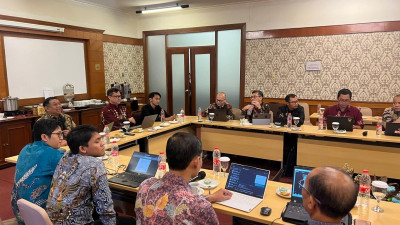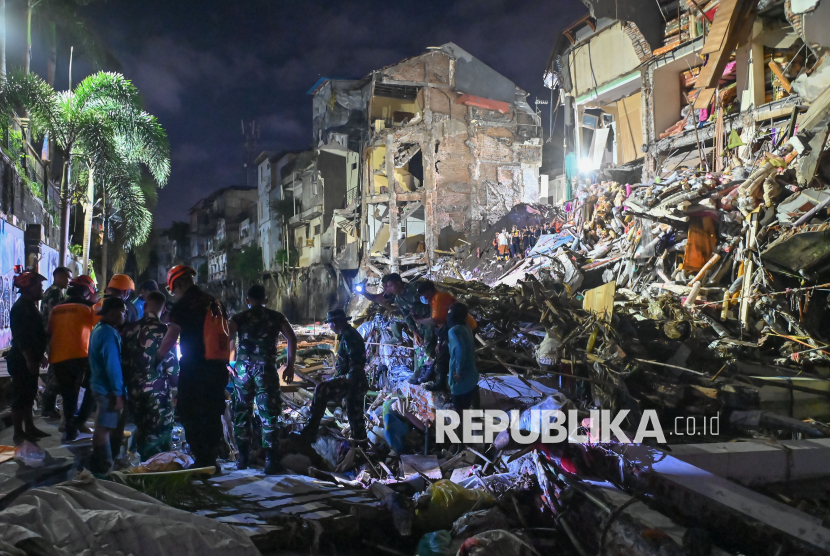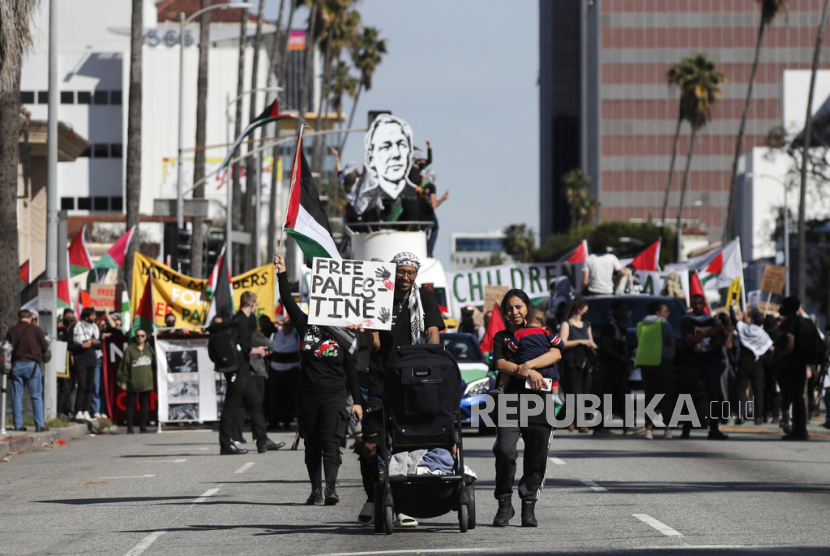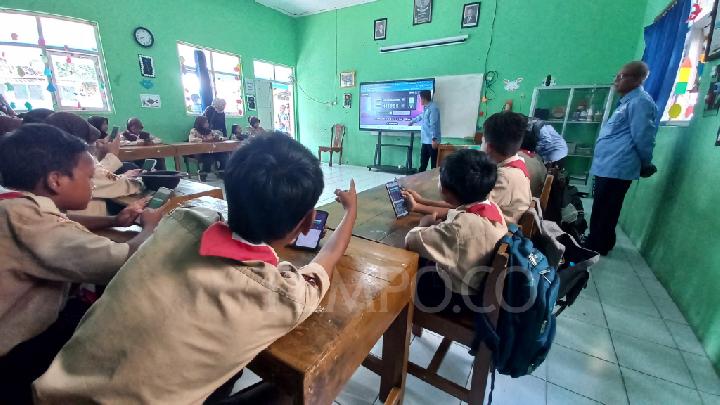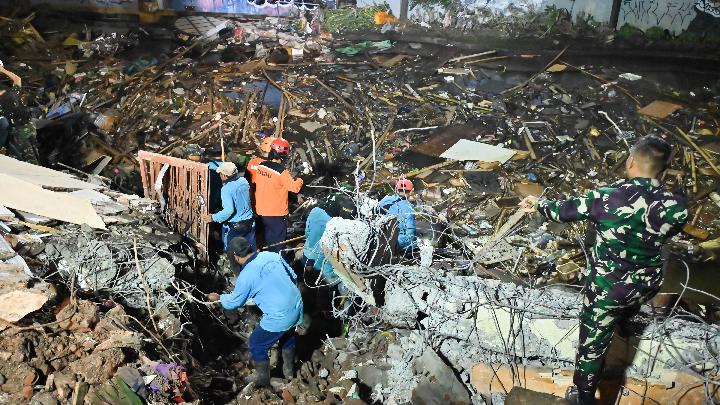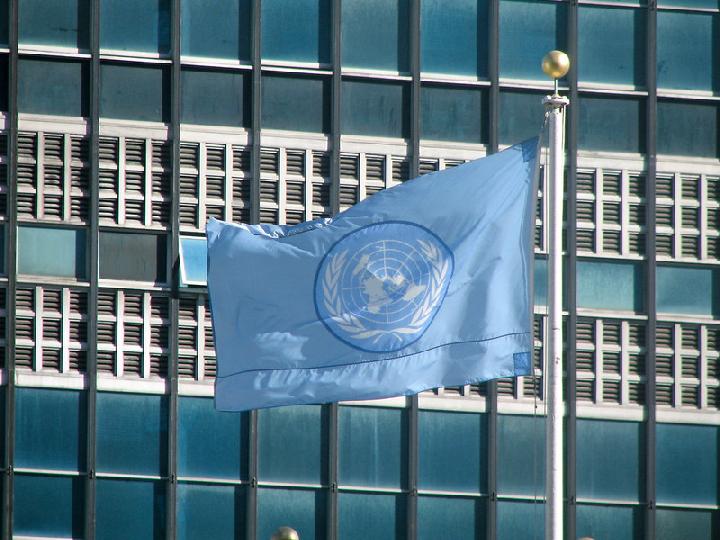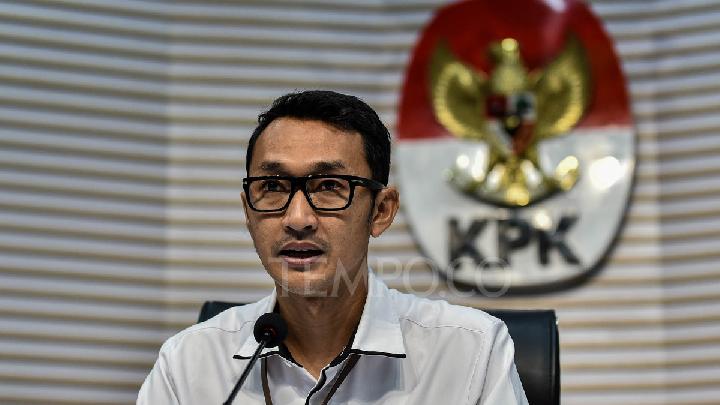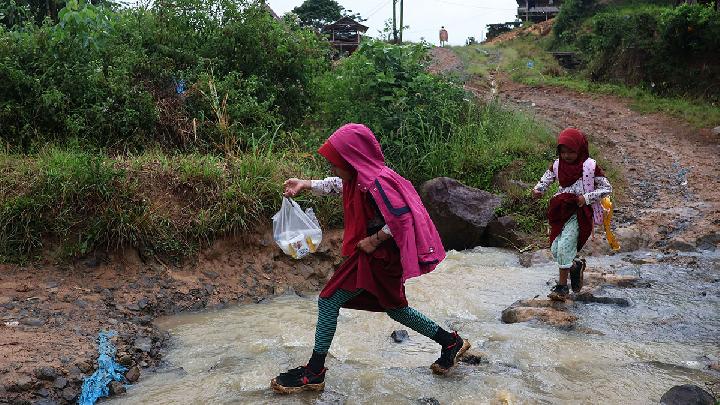TEMPO.CO, Jakarta - UNICEF's Communications Manager for the Middle East and North Africa Regional Office, Tess Ingram, reported that Gaza City, the last refuge for residents in the northern Gaza Strip, is rapidly becoming a place where children cannot survive.
"It is a city of fear, flight and funerals," Ingram stated during a UN press briefing in New York, speaking via video conference from the Gaza Strip on Thursday, as reported by Arab News.
The world has warned that increasingly intense military attacks on Gaza City could be catastrophic for the nearly 1 million inhabitants who remain. "But we cannot wait for the unthinkable to happen to act," she said.
In the past nine days, Ingram has witnessed families in Gaza City fleeing their homes in fear. Many had already been displaced once and were now forced to flee again, arriving with only the clothes on their backs.
She recounted meeting with children separated from their parents in the chaos, mothers whose children died of hunger, and mothers afraid their children would be next.
According to Ingram, only 44 of the 92 UNICEF-supported outpatient therapeutic feeding centers in Gaza City are still operational. This leaves thousands of malnourished children without the lifesaving treatment they desperately need to fight off starvation.
"Our team is doing everything in their power to help children. But we could do far more, reach every child here, if our operations on the ground were enabled at scale and we were well funded," she said.
"Palestinian life is being dismantled here, steadily but surely," Ingram emphasized, underscoring that the suffering of children in the Gaza Strip is a direct result of deliberate choices.
"It is the direct consequence of choices that have turned Gaza City and indeed the entire Strip into a place where people’s lives are under attack, from every angle, every day."
Ingram called on Israel to review its military rules of engagement to ensure the protection of children as mandated by international humanitarian law and to allow adequate aid to enter Gaza.
She also urged Hamas and other armed groups to release all remaining hostages, called on both parties to protect civilians and essential infrastructure, and demanded the reinstatement of a ceasefire. Ingram concluded by urging the international community to use its influence to end the current disaster in Gaza.
UNICEF's Funding and Operational Challenges in Gaza
UNICEF continues to operate in Gaza, delivering life-saving assistance. Over the past two weeks, UNICEF has provided therapeutic food for 3,000 severely malnourished children, breastfeeding supplements for 1,400 infants, and high-energy biscuits for 4,600 pregnant and lactating women. However, the needs of the population are far greater.
The statistics are alarming. In February, 2,000 children were treated for malnutrition; that number jumped to 13,000 in July, and another 7,200 children were treated in the first half of August alone.
Meanwhile, access to Gaza remains severely restricted by Israeli authorities. On an average day, only about 41 aid trucks enter the territory, a tiny fraction of the 6,000 to 8,500 trucks needed. Even on the best days, only about 100 trucks make it through. Bureaucratic and security obstacles, along with looting, further impede aid efforts.
UNICEF is seeking US$716 million from the international community for its response in Gaza, but funding has only reached 39 percent. Despite the threat of starvation, nutritional assistance has received only 17 percent of its needed funding.
"We could do far more, reach every child here, if our operations on the ground were enabled at scale and we were well funded," said Ingram.
Editor’s Choice: Pope Leo XIV Hosts Israeli President, Renews Call for Gaza Ceasefire
Click here to get the latest news updates from Tempo on Google News


